Light fantastic: the Montreal Museum of Fine Arts' new pavilion is a cultural beacon
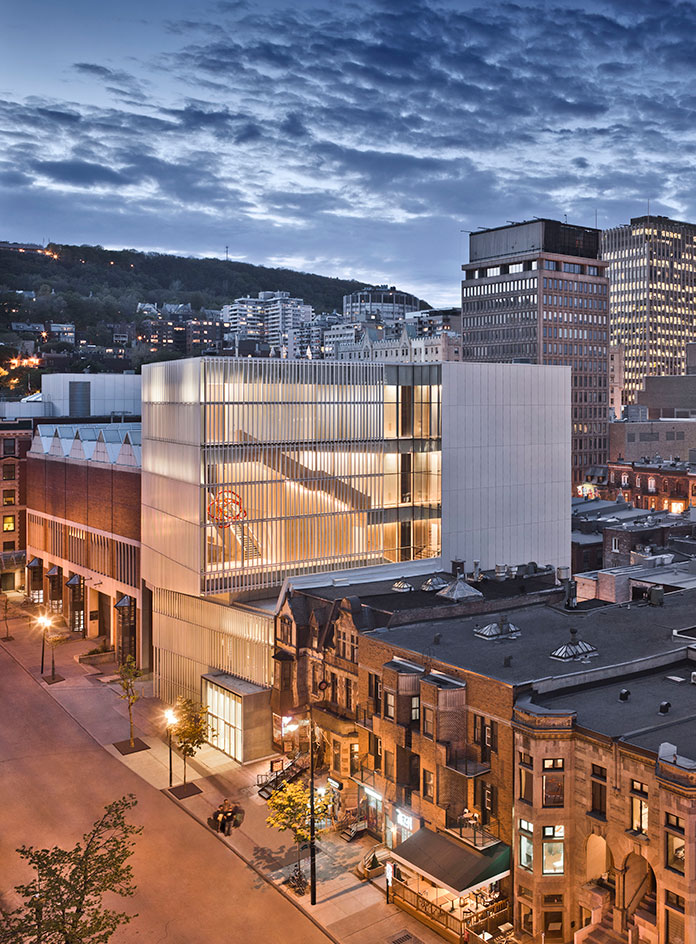
As Americans grapple with the aftermath of their recent presidential election results, their neighbours to the north offer a welcome cultural respite: the Michal and Renata Hornstein Pavilion for Peace in Montreal, Quebec. Opening to the public on 19 November, the CAN$25 million (approximately £15 million, at current exchange) building is the latest addition to the Montreal Museum of Fine Arts (MMFA) and the first in a group of infrastructure projects planned for the Canadian city’s 375th anniversary, in 2017. The six-storey structure is intimate in scale yet wildly ambitious in scope, tracing the story of art from the Renaissance to Richter.
Designed by the competition-winning consortium of Atelier TAG and Jodoin Lamarre Pratte Architectes, the 5,000 sq m building is the fifth in the MMFA campus of connected pavilions that showcase an encyclopaedic collection spanning some 40,000 works. Its name is a nod to the history of Montreal – where the 'Great Peace' treaty between France and the First Nations of North America was signed in 1701 – and to the humanist mission championed by the museum’s director and chief curator Nathalie Bondil. 'It’s important to go beyond the history of art in order to encompass a broader set of values, to be more inclusive, to talk to everybody,' she says. 'Everybody is touched by peace.'
Veiled in a filigree of aluminium rods that unifies its two stacked volumes (while also limiting glare and heat gain), the Pavilion for Peace is also named for the late couple who donated 100 of the most stunning paintings displayed within it. The Hornsteins – Polish-born Holocaust survivors who settled in Montreal in 1951 – had a sharp eye for Old Masters, and so the densely hung galleries are studded with canvases from the golden age of Dutch and Flemish painting, including luminous works by the likes of Jan Steen, Jan Brueghel, Jacob van Ruisdael and Willem van Aelst. Two floors are dedicated to educational programs, including dedicated space for art therapy initiatives.

The six-storey structure is both intimate and ambitious
'My parents knew that art has the power to bring people together, to foster understanding, tolerance and dialogue across great divides, and above all, to heal the human spirit,' says Sari Hornstein, who grew up surrounded by many of the works installed in the new building. 'It’s going to be a destination,' adds her brother, Norbert. 'People will come to Montreal just to see this collection.'
The design ensures that they’ll see the city at the same time. An 'event stairway' visible through the gleaming latticework leads visitors on an architectural promenade, offering views of the surrounding cityscape – a mix of low-slung Victorian houses and brutalist towers unified by the pavilion’s own layering of concrete and wood – to punctuate their movement through the history of art. 'It creates an interface between the galleries and the city at large,' explains architect Katsuhiro Yamazaki of Montreal-based Atelier TAG. 'The organisation of the building stems from a desire to make spaces where impromptu encounters and individual reflection can happen simultaneously.'
Bondil embraced the counterpoint provided by the circulation spaces, using the naturally illuminated landings to create 'The Path of Peace': a circuit of contemporary artworks that include Antony Gormley’s Turn V (2013), Eric Fischl’s Tumbling Woman (2002), and Jean-Michel Othoniel’s Peony Knot (2015), a monumental bloom of mirrored glass beads that hangs from the ceiling. 'The strolling space is an invitation to discovery, rest and reflection,' says Bondil. 'Peace must be heard in the present tense through the voices of today’s artists.'
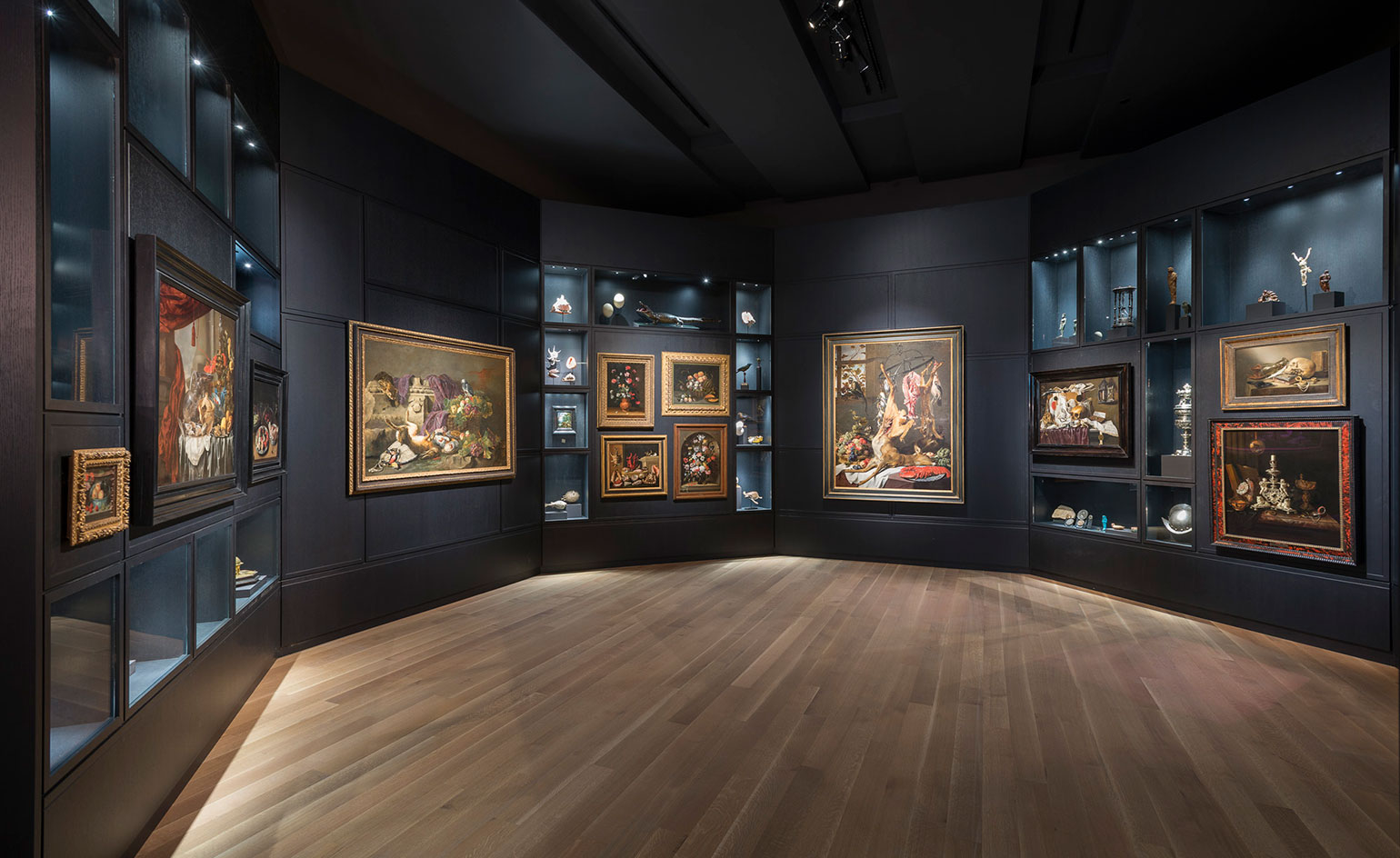
The result of a collaboration between Atelier TAG and Jodoin Lamarre Pratte Architectes, the project houses some 100 artworks donated by the Hornsteins to the museum
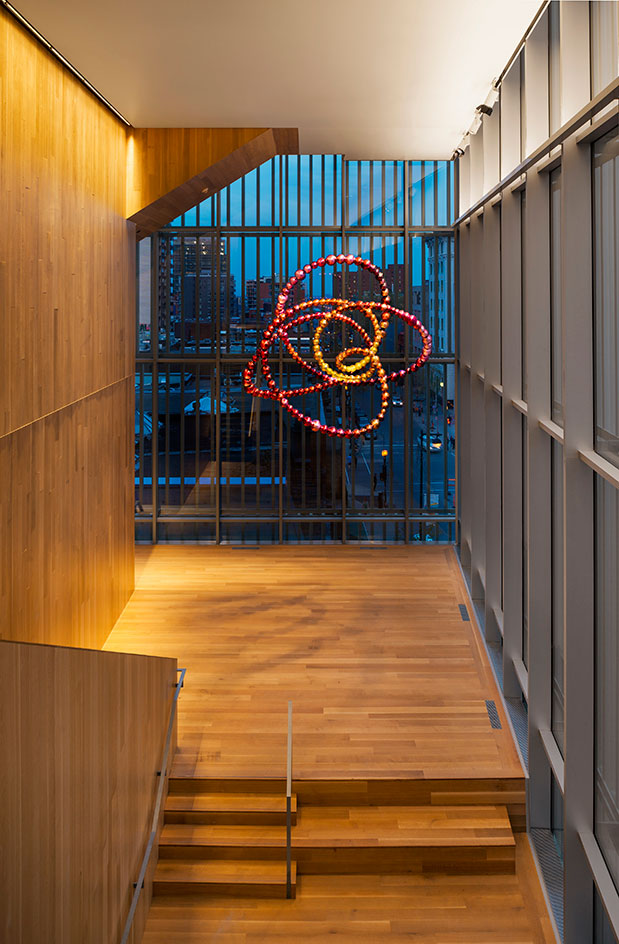
The fabulously illuminated staircase areas are used for special art displays
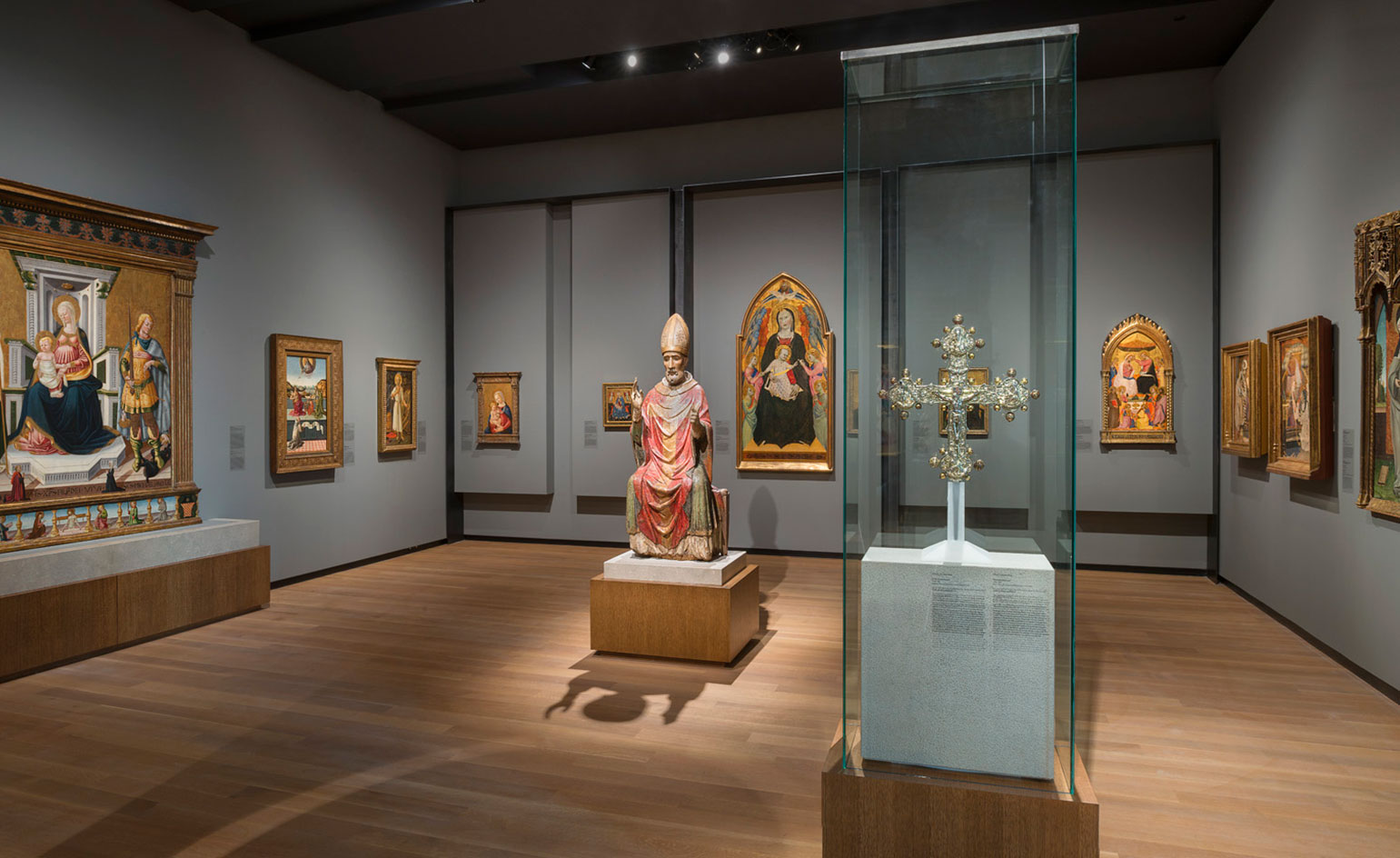
Apart from the art galleries, two floors are dedicated to educational programs, including dedicated space for art therapy initiatives
INFORMATION
For more information visit the Jodoin Lamarre Pratte Architectes’ website and the Atelier TAG website
ADDRESS
Montreal Museum of Fine Arts
1380 Sherbrooke Street West
Jean-Noël Desmarais Pavilon
Montreal
Wallpaper* Newsletter
Receive our daily digest of inspiration, escapism and design stories from around the world direct to your inbox.
Stephanie Murg is a writer and editor based in New York who has contributed to Wallpaper* since 2011. She is the co-author of Pradasphere (Abrams Books), and her writing about art, architecture, and other forms of material culture has also appeared in publications such as Flash Art, ARTnews, Vogue Italia, Smithsonian, Metropolis, and The Architect’s Newspaper. A graduate of Harvard, Stephanie has lectured on the history of art and design at institutions including New York’s School of Visual Arts and the Institute of Contemporary Art in Boston.
-
 Put these emerging artists on your radar
Put these emerging artists on your radarThis crop of six new talents is poised to shake up the art world. Get to know them now
By Tianna Williams
-
 Dining at Pyrá feels like a Mediterranean kiss on both cheeks
Dining at Pyrá feels like a Mediterranean kiss on both cheeksDesigned by House of Dré, this Lonsdale Road addition dishes up an enticing fusion of Greek and Spanish cooking
By Sofia de la Cruz
-
 Creased, crumpled: S/S 2025 menswear is about clothes that have ‘lived a life’
Creased, crumpled: S/S 2025 menswear is about clothes that have ‘lived a life’The S/S 2025 menswear collections see designers embrace the creased and the crumpled, conjuring a mood of laidback languor that ran through the season – captured here by photographer Steve Harnacke and stylist Nicola Neri for Wallpaper*
By Jack Moss
-
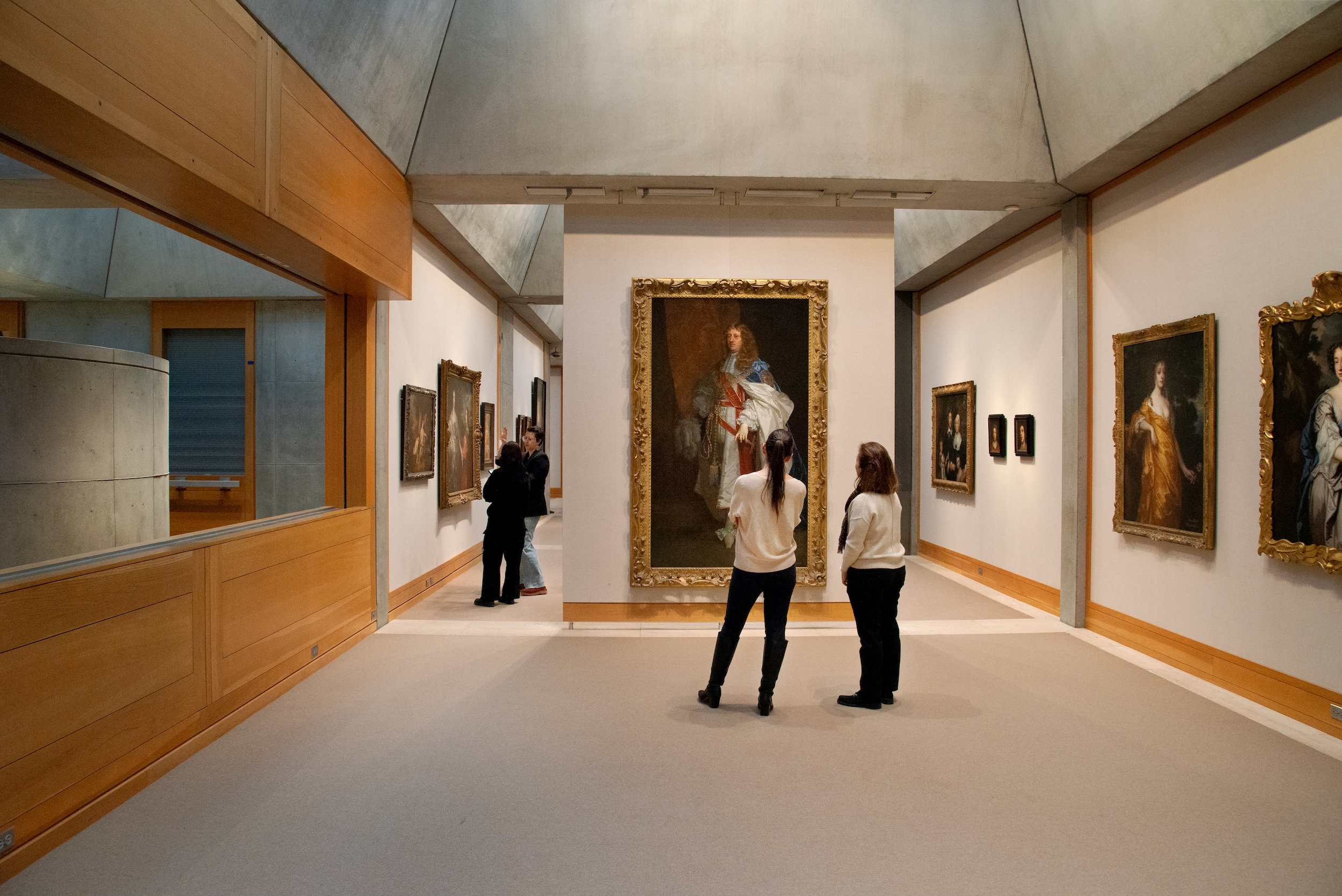 The Yale Center for British Art, Louis Kahn’s final project, glows anew after a two-year closure
The Yale Center for British Art, Louis Kahn’s final project, glows anew after a two-year closureAfter years of restoration, a modernist jewel and a treasure trove of British artwork can be seen in a whole new light
By Anna Fixsen
-
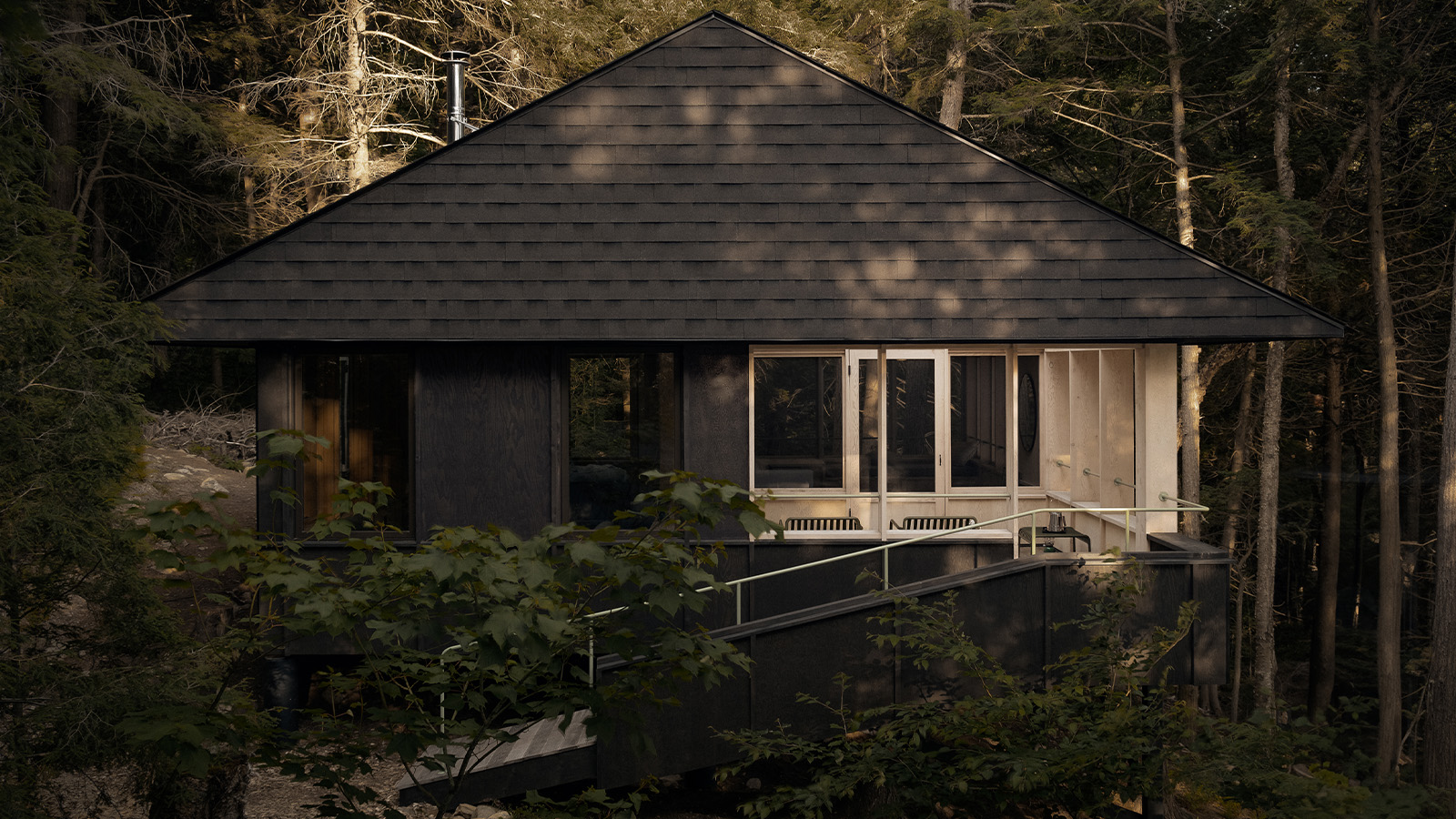 Smoke Lake Cabin is an off-grid hideaway only accessible by boat
Smoke Lake Cabin is an off-grid hideaway only accessible by boatThis Canadian cabin is a modular and de-mountable residence, designed by Anya Moryoussef Architect (AMA) and nestled within Algonquin Provincial Park in Ontario
By Tianna Williams
-
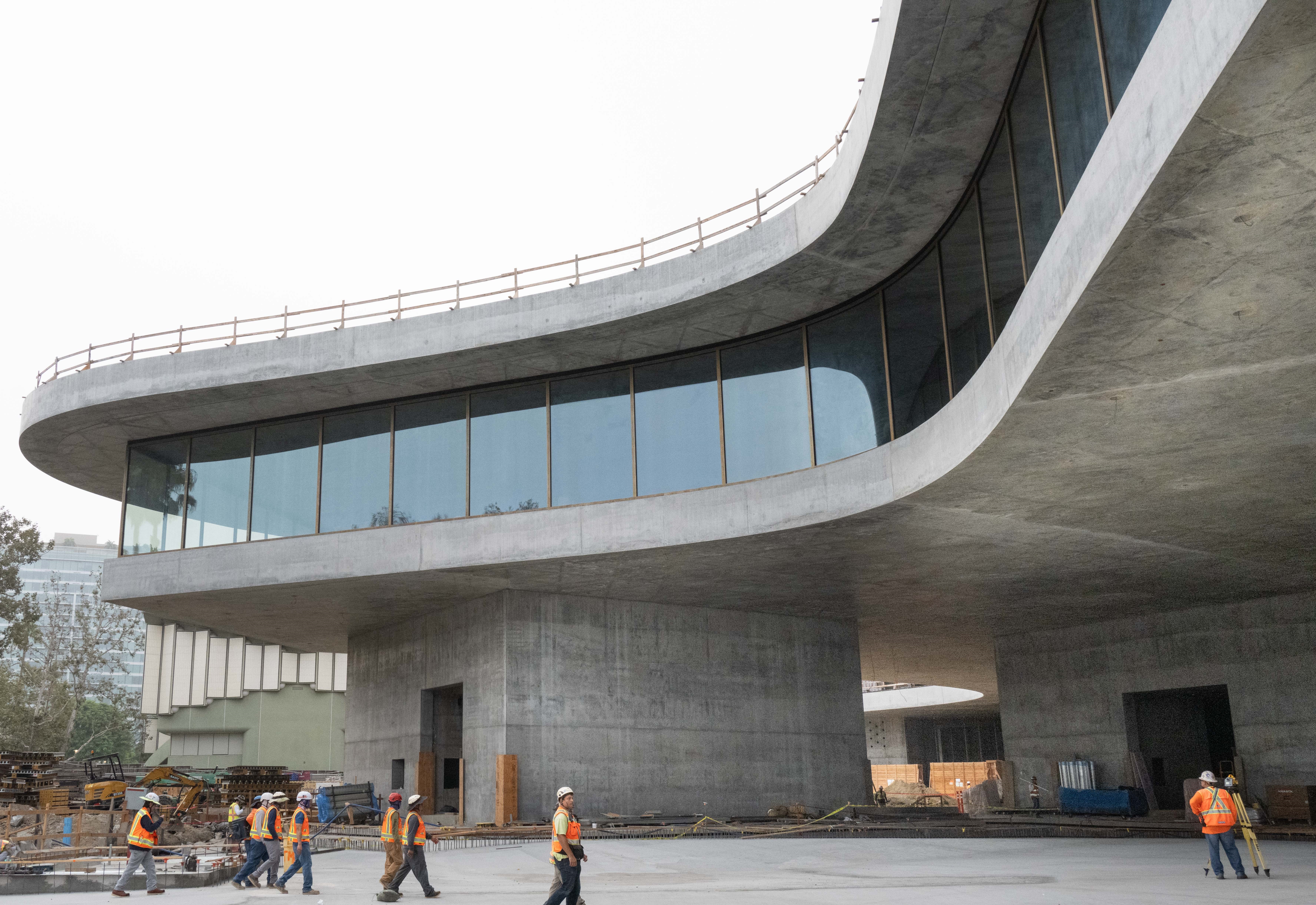 You’ll soon be able to get a sneak peek inside Peter Zumthor’s LACMA expansion
You’ll soon be able to get a sneak peek inside Peter Zumthor’s LACMA expansionBut you’ll still have to wait another year for the grand opening
By Anna Fixsen
-
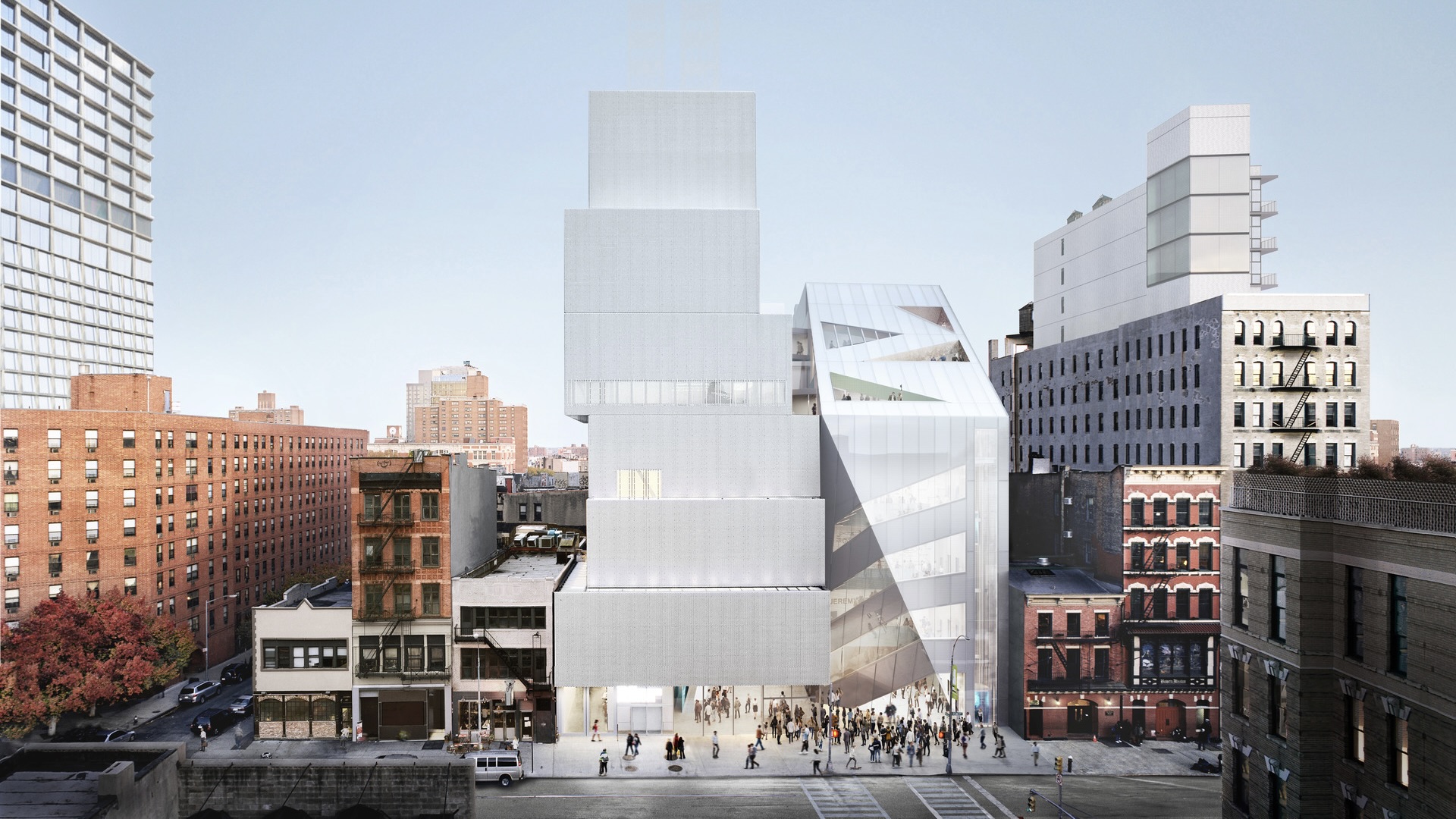 NYC's The New Museum announces an OMA-designed extension
NYC's The New Museum announces an OMA-designed extensionOMA partners including Rem Koolhas and Shohei Shigematsu are designing a new building for Manhattan's only dedicated contemporary art museum
By Anna Solomon
-
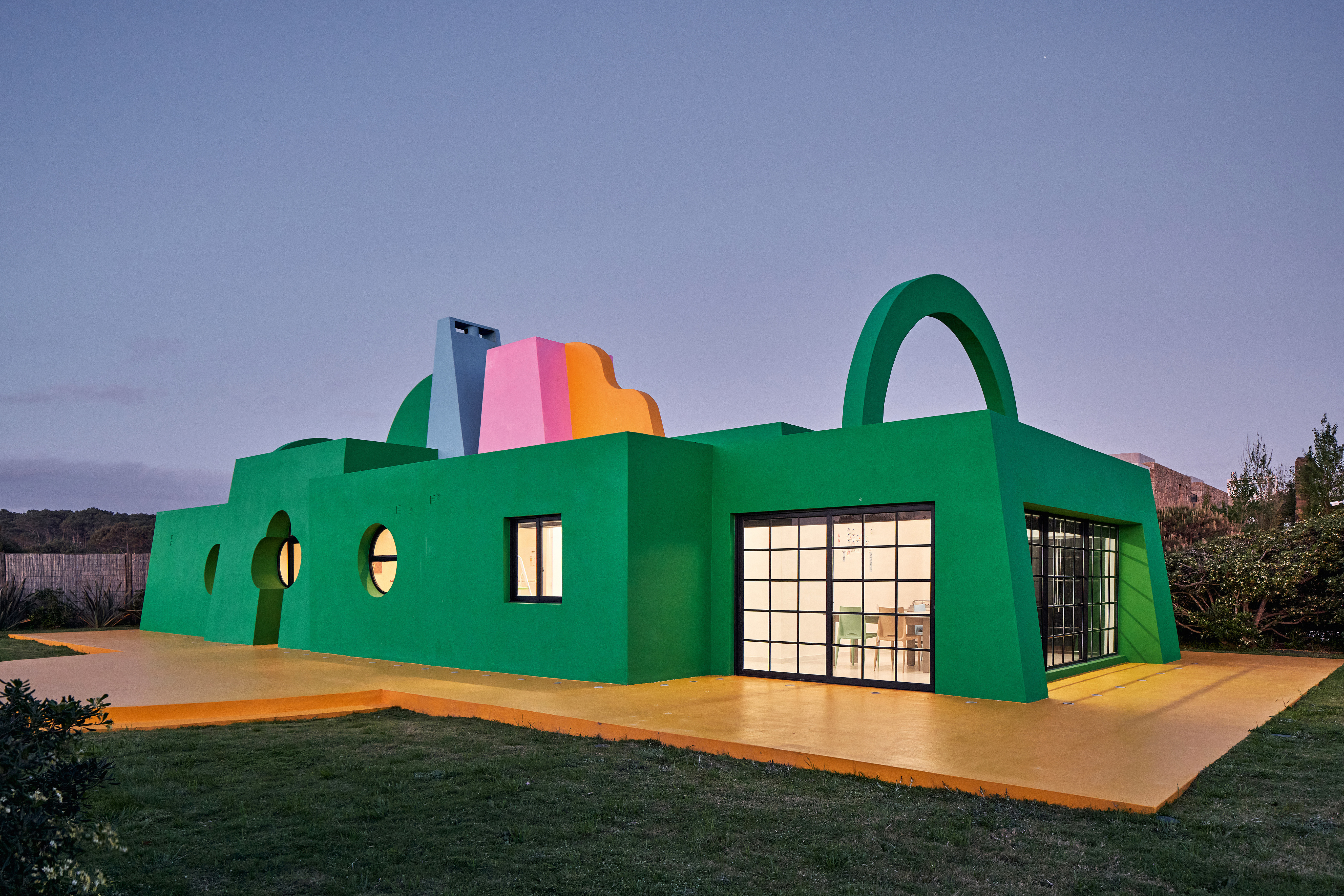 Ten contemporary homes that are pushing the boundaries of architecture
Ten contemporary homes that are pushing the boundaries of architectureA new book detailing 59 visually intriguing and technologically impressive contemporary houses shines a light on how architecture is evolving
By Anna Solomon
-
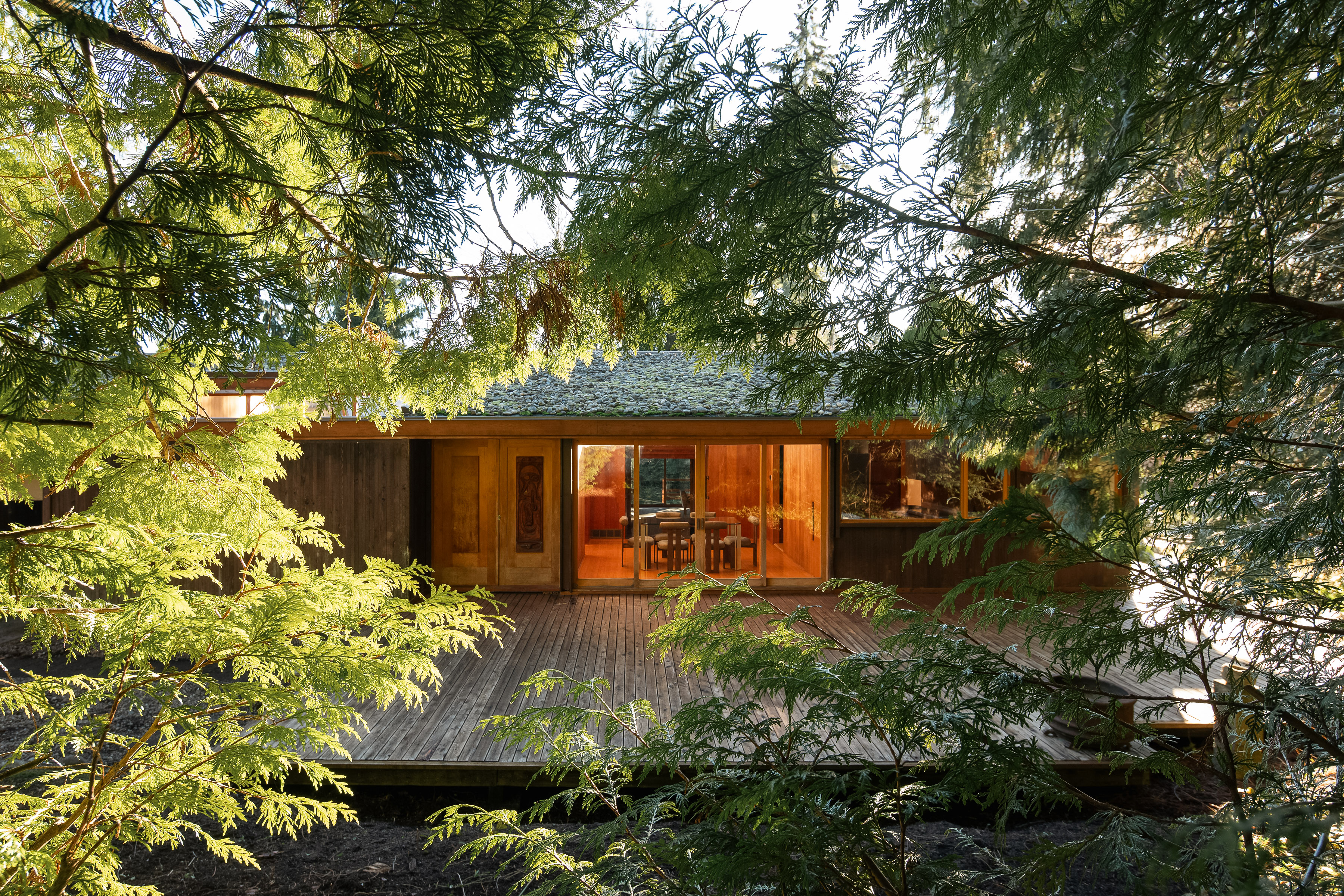 Explore the Perry Estate, a lesser-known Arthur Erickson project in Canada
Explore the Perry Estate, a lesser-known Arthur Erickson project in CanadaThe Perry estate – a residence and studio built for sculptor Frank Perry and often visited by his friend Bill Reid – is now on the market in North Vancouver
By Hadani Ditmars
-
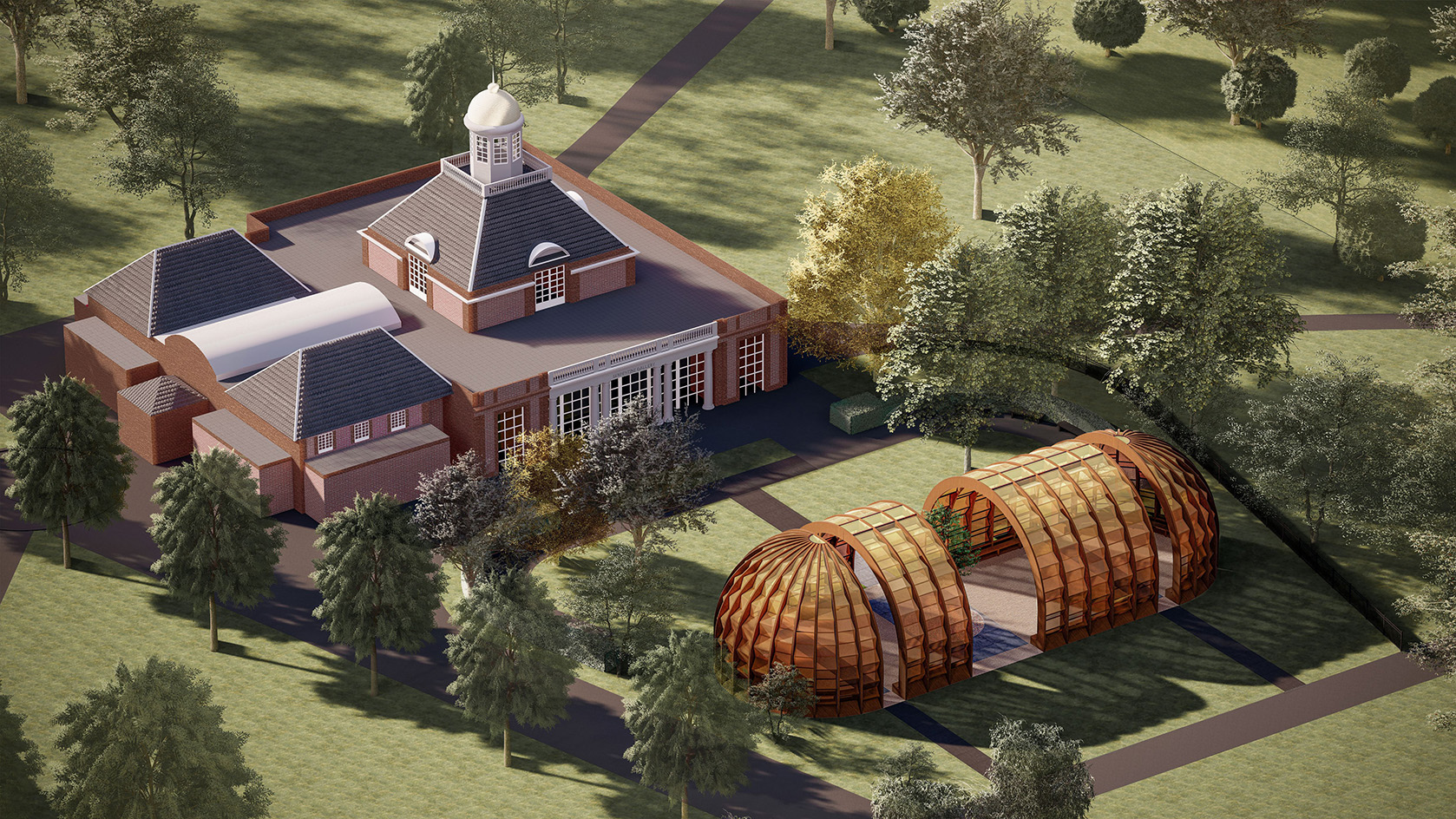 2025 Serpentine Pavilion: this year's architect, Marina Tabassum, explains her design
2025 Serpentine Pavilion: this year's architect, Marina Tabassum, explains her designThe 2025 Serpentine Pavilion design by Marina Tabassum is unveiled; the Bangladeshi architect talks to us about the commission, vision, and the notion of time
By Ellie Stathaki
-
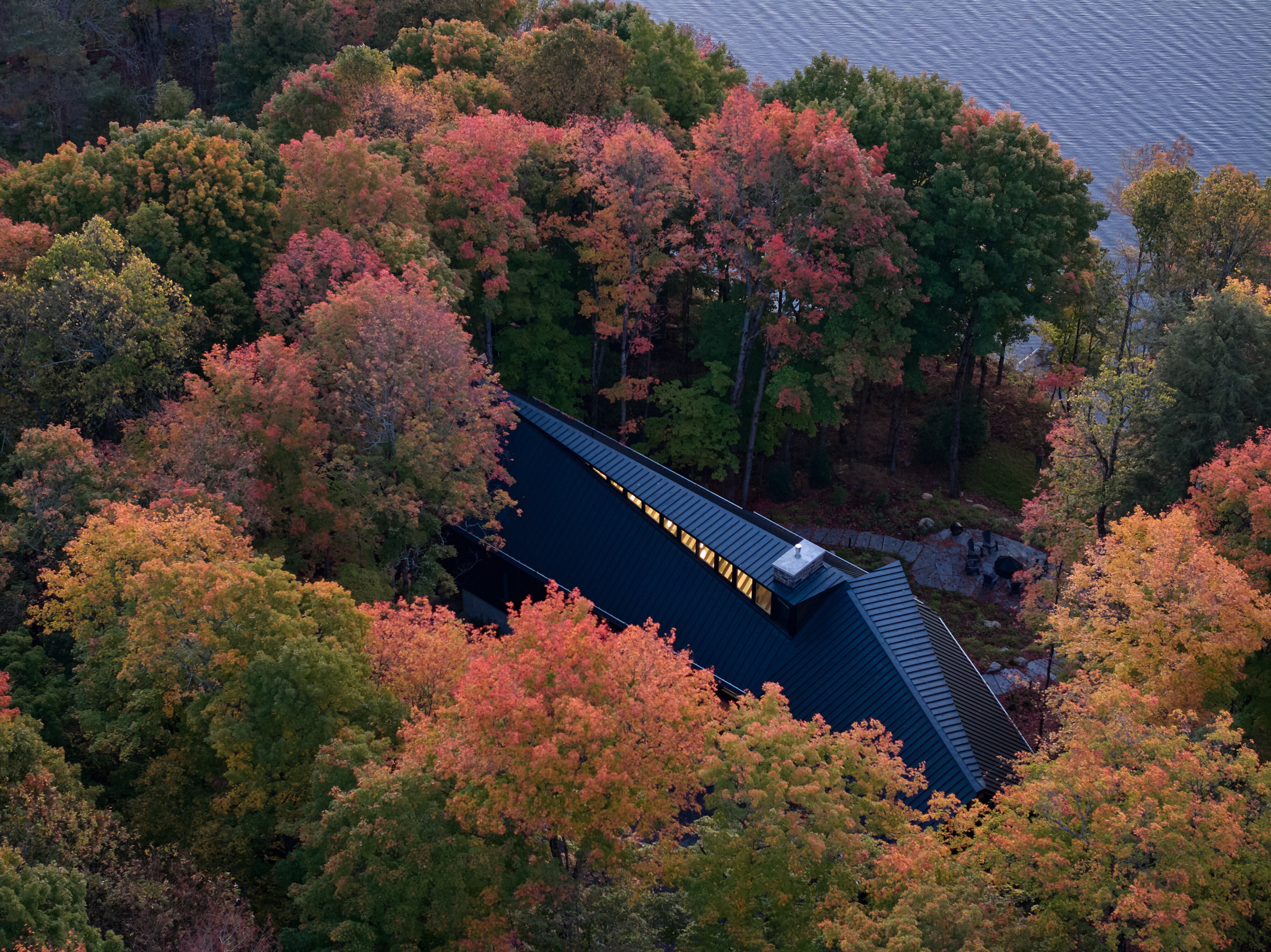 A new lakeshore cottage in Ontario is a spectacular retreat set beneath angled zinc roofs
A new lakeshore cottage in Ontario is a spectacular retreat set beneath angled zinc roofsFamily Cottage by Vokac Taylor mixes spatial gymnastics with respect for its rocky, forested waterside site
By Jonathan Bell